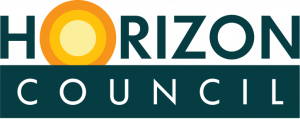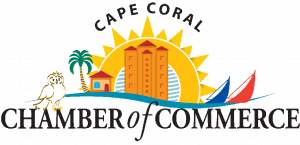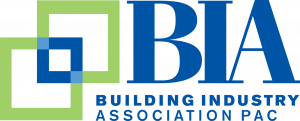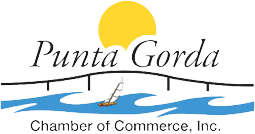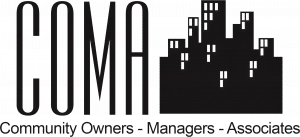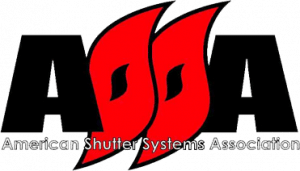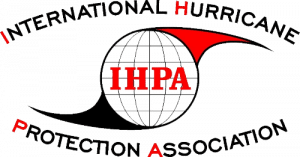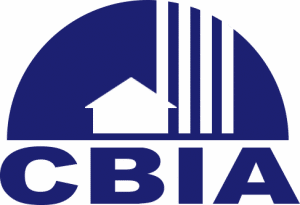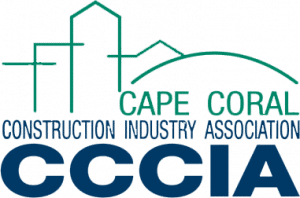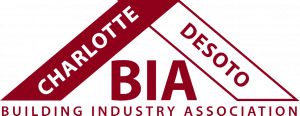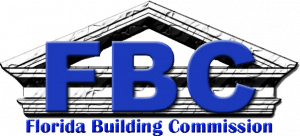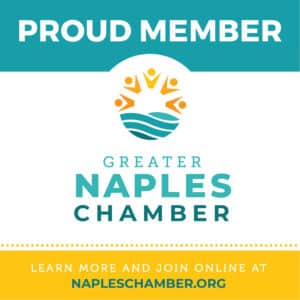Frequently Asked Questions About Hurricane Protection
As one of Southwest Florida’s largest hurricane protection companies, Storm Smart knows a thing or two about hurricanes. Not only are we pleased to offer you quality hurricane protection products, but we also believe in the importance of educating our customers about hurricanes. Below, you’ll find the answers to frequently asked questions about hurricanes and hurricane protection. Should you have any additional questions or concerns, we invite you to contact us and speak with a member of our staff!
Hurricane season in the Gulf of Mexico area tends to run from the beginning of June through the end of November. Although hurricanes are most likely during this time of year, Mother Nature doesn’t always follow a calendar. Southwest Florida usually sees the most storms during the summer and fall.
While the amount of rain brought by a hurricane can vary, the average rainfall is about 16 inches with the majority of that occurring within 24 hours.
Hurricane categories help residents know what to expect during a hurricane. A scale called the Saffir-Simpson Hurricane Wind Scale measures five categories of hurricane wind strengths. The higher the number assigned to a hurricane on the scale, the higher its winds are likely to be and the higher the damage potential. For example, a category 1 hurricane may bring some damage, but a category 4 or 5 hurricane is more likely to bring catastrophic damages.
Hurricane winds can go anywhere from 74 mph to 157 mph and often considerably higher than that.
A hurricane needs two things to form: a lot of warm water (over 80 degrees Fahrenheit) and minimal wind shear. Wind shear refers to a variation in wind speed and direction occurring over a relatively short distance that can be vertical or horizontal.
Hurricanes have names mostly to make them easier for meteorologists to keep track of; residents in an affected area are also more likely to remember a name and prepare for what lies ahead.
While meteorologists track hurricanes via satellites, there are warning signs Southwest Floridians should be on the lookout for when preparing for a storm. These include:
• A barometric pressure drop
• An increased ocean swell (higher waves hitting the shore)
• Heavier rainfall
• Higher wind speeds
• Blowing debris
• Dark storm clouds or cirrus clouds
• Roaring noises from the ocean
• Waves forming “white caps”
Most hurricanes last about 12-24 hours. However, a hurricane can last as long as a month under certain atmospheric conditions.
The longest-lasting Atlantic hurricane on record was the San Ciriaco Hurricane of 1899 that impacted Puerto Rico for a record-setting 33 days. Luckily, it was a category 1 hurricane. Hurricane John impacted residents of Alaska and Hawaii for 31 days in 1994, while Hurricane Irma was the longest-lasting category 5 hurricane on record with 185 mph winds sustained for 37 hours over Florida, Georgia, and the Caribbean in 2017.
A hurricane watch typically means a hurricane is about 36-48 hours away from landfall, while a hurricane warning means it’s less than 24 hours away.
During a hurricane, you should evacuate your home if you’re asked to do so or if you don’t feel safe. If you choose to stay inside your home, be sure to keep away from windows, skylights, and glass doors. Being in an interior room without any windows is your best bet. Listen to storm updates on a portable battery-operated radio in case your power goes out and never leave your safe area until you’ve received confirmation that the storm is over. Sometimes the “eye of the storm” can be deceivingly calm, although high winds and heavy rains are still approaching. A portable generator can keep you with power during the storm and its aftermath.
After a hurricane, be sure to avoid any downed power lines, damaged gas lines, or dangerous debris. If you were officially evacuated, you should only return home after being advised to do so. Board up any broken windows to deter vandals while arranging for storm repairs. Make a list of damaged personal property, including item descriptions, manufacturers, brand names, condition of the items, and their date of purchase if known. The more accurate your records are, the easier it will be for you to track expenses and file claims with your insurance company. If your home was severely damaged and feels unsafe, seek temporary lodgings while it’s under repair.
In a word, semantics. People in the Western Hemisphere call tropical storms hurricanes, while people in the Eastern Hemisphere call tropical storms typhoons. People in the Southern Pacific Region call them cyclones. However, they’re all about the same in terms of wind strengths and devastation potential.
There are many kinds of hurricane protection products you can buy to help protect your family and your livelihood. We sell everything from sturdy aluminum shutters and storm panels to solar screens and storm catcher screens that are designed to withstand strong winds and rain. Please view and download our products brochure or contact us for more details about everything we have to offer!


